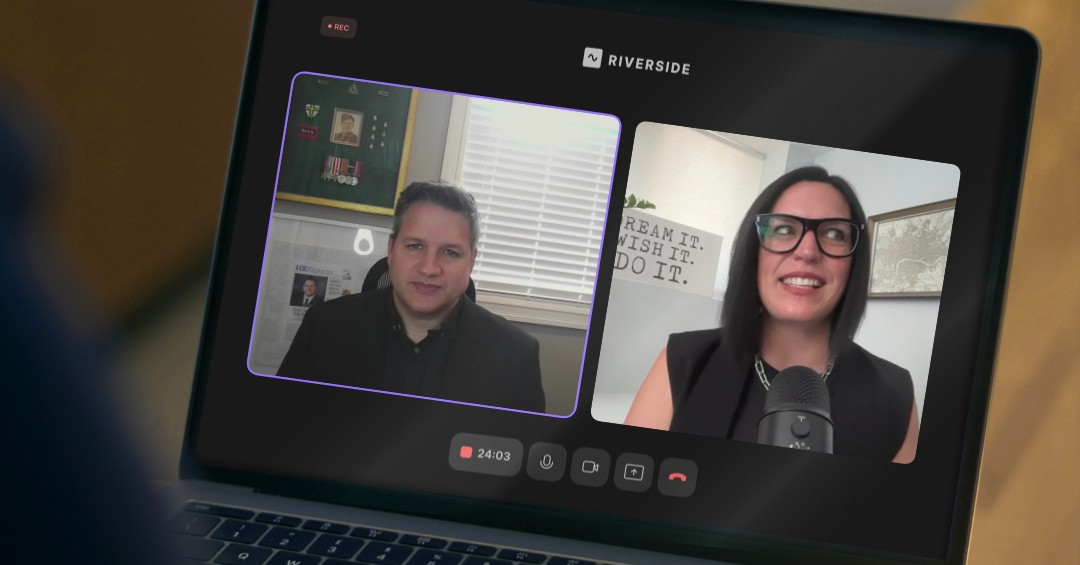About one-third of new hires leave within six months, often due to poor first impressions that could be easily prevented with better planning and a modest investment in structured onboarding programs, according to Amy Davies, president of First30.
She made the comments on CHROnicles, a new podcast series from the publisher of HR News Canada designed for HR professionals and business leaders. (Listen here or find it on Spotify).
Davies, whose company specializes in onboarding programs, warns that organizations are losing significant money by failing to properly welcome new employees. She points to research showing roughly one-third of new hires leave within the first six months.
“Companies are very free to admit that they have a bad onboarding program. And yet they don’t prioritize investing in it and they don’t seem to care that it’s either non-existent or broken,” Davies said during the podcast interview.
The hidden costs of poor onboarding
The financial impact extends far beyond obvious recruitment costs. Davies recommends HR leaders calculate turnover costs at 30 to 50 percent of an employee’s salary to make a realistic business case for onboarding improvements.
“Say within a year, 18 months, you lose a third of your new hires. So let’s say that’s 19 people. Times that 19 by the average salary of those 19 people… and then you times that by 30 or 50 percent… That’s going to be hundreds of thousands of dollars,” she explained.
The problem goes beyond mere paperwork and computer setup. Davies argues that many companies focus too heavily on administrative tasks like background checks and benefits enrollment while ignoring the psychological experience of starting a new job.
The science behind first impressions
Davies draws on cognitive science to explain why onboarding matters so much. New employees go through a rapid learning process called imprinting when experiencing something new, similar to visiting a restaurant or meeting someone for the first time.
“Once we’ve imprinted, we build what’s called a belief system. And once that imprinting kind of has established, the belief system is built and it’s very difficult, if not impossible to change,” she said.
She compares poor onboarding to showing up for work in a tracksuit when you’re not a coach. “If you’re not welcomed in a timely fashion, if you don’t have the tools you need to do your job, if when your laptop doesn’t show up or your phone doesn’t show up, someone makes a throwaway comment like, oh, that’s just the sort of thing that happens around here… that’s how you’re showing up for your employee.”
Simple fixes with big impact
Davies offers several low-cost improvements that can dramatically improve the new hire experience:
- Have new employees start later in the day (10 or 10:30 a.m.) so managers can prepare properly
- For remote workers, give them half a day to set up their home office and test all equipment before their first official day
- Send information in small, clearly labeled emails rather than overwhelming new hires with everything at once
- Ensure someone is prepared to greet them and act as a proper host
“It doesn’t have to… you don’t have to move mountains. You don’t have to create this Disneyland type experience. Just show people you’re making an effort and they matter. And that can go such a long way,” Davies said.
Remote work complications
The shift to remote and hybrid work has created additional onboarding challenges. Davies notes that changing jobs while working from home involves less psychological change than switching physical locations, potentially making employees more likely to leave.
“When we’re working hybrid, changing jobs, we’re still in the same place. So that’s not as big of a change for us. And that’s why we did see a lot of people quitting during COVID,” she explained.
For remote employees, she recommends more frequent check-ins, informal meetings to learn personal details that might emerge naturally in an office setting, and ensuring technical setups work properly before the first team meeting.
Measuring success
Davies emphasizes the importance of tracking onboarding effectiveness through surveys and retention rates. She notes that employees tend to remember their first day experience clearly, making it possible to gather feedback even from workers who started years ago.
“If you ask people what day they started their job, like May 25th, right? They know what day they started their job. So they tend to remember because imprinting… when you are starting something new, it really does stick,” she said.
Editor’s note: The podcast, hosted by Todd Humber, editor-in-chief of HR News Canada, aims to provide practical insights for HR professionals and business leaders navigating workplace challenges.
Bonus resources
First30 Onboarding Course – Free Access to Lesson One “Making the Case for Onboarding Investment”: https://first30ready.ac-page.com/lessononefreeaccess
Onboarding eBook (2nd Edition): https://first30ready.ac-page.com/onboarding-ebook-download
Connect with Amy on LinkedIn: https://www.linkedin.com/in/daviesamy/





